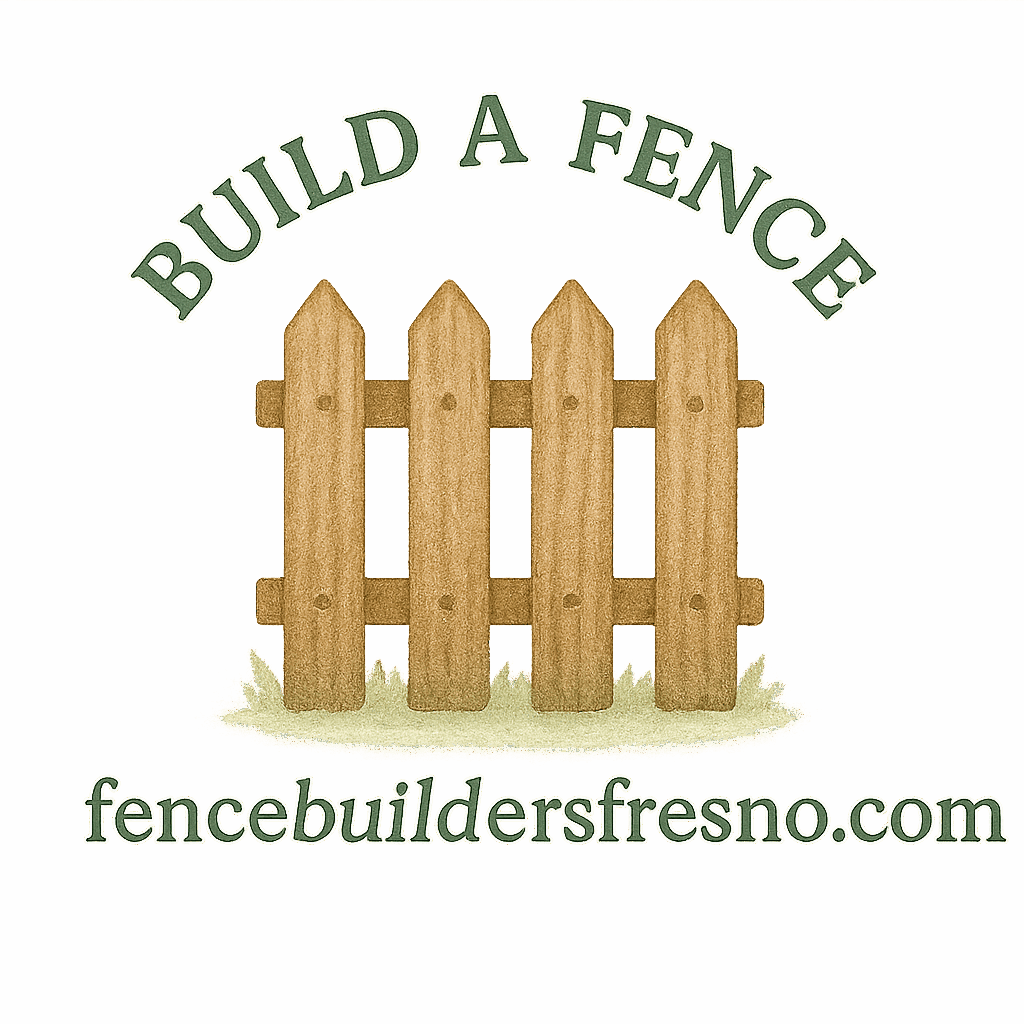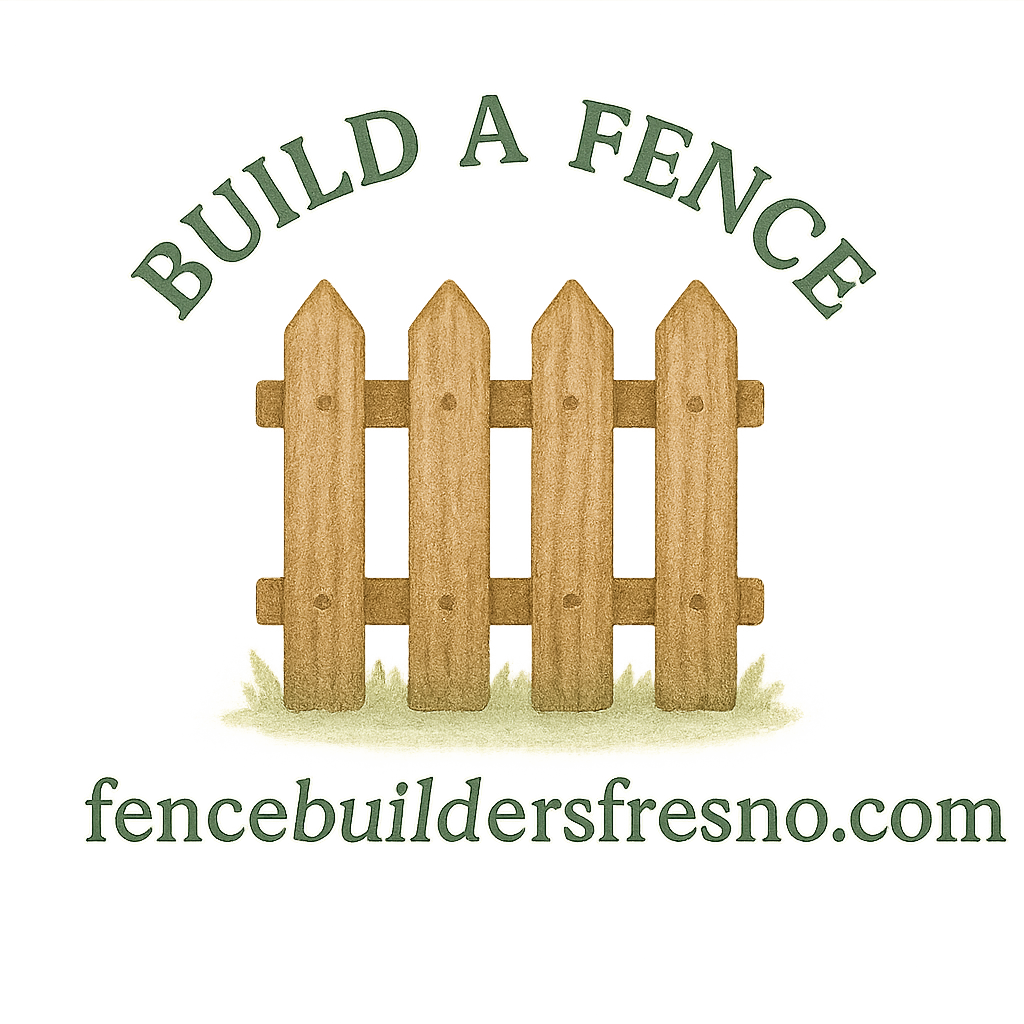Introduction to Fence Maintenance
So, you’ve finished your DIY fencing project. The posts are set, the panels look sharp, and your property finally feels complete. But here’s the truth—building your fence is only half the battle. Without regular fence maintenance, even the sturdiest design won’t last.
If you’re unsure where to start, check out this guide on fence building basics. But for now, let’s dive into the exact tools you need to maintain your fence and keep it standing strong.
Why Fence Maintenance Matters After DIY Installation
After all the time and money you invested in your fence, the last thing you want is to see it lean, crack, or rust in just a few years. Here’s why fence maintenance is non-negotiable:
Protecting Your Investment
DIY fencing may save on labor costs, but the materials themselves are still a significant investment. Regular upkeep ensures you don’t waste that money.
Avoiding Costly Repairs
A loose board or wobbly post might seem minor. But left alone, it can turn into a full replacement. Preventative maintenance helps avoid those expensive headaches.

Boosting Curb Appeal
Your fence is often the first thing people notice about your property. A fresh, well-kept design (see fence design and planning) instantly boosts curb appeal and property value.
Essential Fence Maintenance Tools Overview
When it comes to keeping your fence in top shape, the right tools make all the difference. Below are the 10 essential tools every homeowner should own for ongoing care.
Tool #1: Pressure Washer for Fence Cleaning
A pressure washer is your best friend when it comes to cleaning dirt, algae, and mildew off fence panels.
Want a deep dive into maintenance techniques? Check out this detailed fence guide.
How to Use a Pressure Washer Safely
Hold the nozzle at an angle, keep a safe distance, and use a medium-pressure setting for wood to avoid stripping the surface.
Best Situations for Power Cleaning
- Annual cleaning in spring or fall.
- After heavy storms or flooding.
- When preparing for repainting or staining.
Tool #2: Fence Stain Brush or Sprayer
Wood fences need extra love. A stain brush or sprayer helps you apply sealant evenly, protecting against UV damage and water absorption.
For detailed care tips, explore wood fence care.
Applying Protective Stains or Sealants
Think of stain like sunscreen—it shields your wood from cracking and fading. Apply every 2–3 years.
Choosing Between a Brush and Sprayer
- Brush: Better for deep penetration.
- Sprayer: Faster coverage for large areas.
Tool #3: Electric or Manual Screwdriver
Over time, screws and hinges loosen. A simple screwdriver (manual or powered) ensures your fence stays sturdy.
Tightening Fence Screws and Hinges
Inspect gate areas quarterly since they endure the most stress.
Tool #4: Post Hole Digger or Auger
Leaning posts are the root of most fence failures. A post hole digger or auger lets you reset posts firmly.
Learn more about proper setups in this guide on fence installation.
Fixing Loose Fence Posts
Dig deeper, backfill with gravel or concrete, and ensure the post sits level.
Tool #5: Level and Measuring Tape
Every fence needs to be aligned correctly. A level and measuring tape help you monitor shifts and maintain a straight line.
Keeping Fence Lines Straight
Check for warping after heavy winds or seasonal soil movement.
Tool #6: Pruning Shears and Loppers
Vegetation can wreak havoc on fences. Pruning shears and loppers make trimming branches, vines, and shrubs quick and easy.
See more practical upkeep tips to prevent long-term damage.
Controlling Vegetation Around Fences
Cut back anything touching the fence. This avoids moisture retention and pest issues.
Tool #7: Paint Roller and Rust-Resistant Paint
If you have metal fencing, rust is your biggest enemy. A paint roller and anti-rust paint extend its lifespan.
For more inspiration, check out durable fencing solutions.
Protecting Metal Fences from Rust
Apply protective paint every 2–3 years. Look for bubbling paint as an early sign of rust.
Tool #8: Wire Cutters and Pliers
For chain link fences, wire cutters and pliers are vital for quick fixes.
Curious how chain link stacks up against other materials? Here’s a full guide on fence type comparisons.
Repairing Wire or Chain Link Fences
Twist and tighten sagging wires before they cause bigger issues.
Tool #9: Shovel and Gravel
Drainage problems can rot wood posts and shift vinyl bases.
Improving Drainage Around Fence Posts
Use a shovel and gravel to backfill for better drainage and stability.
Tool #10: Safety Gear for Fence Maintenance
Gloves, goggles, and durable clothing protect you while working with chemicals and tools.
Gloves, Goggles, and Protective Clothing
Never cut corners on safety—it’s just as important as the fence itself.
Bonus Tip: Digital Tools for Fence Planning & Upkeep
Planning apps and online checklists (like those at fence design and planning) help you stay organized with maintenance schedules.
Step-by-Step Fence Maintenance Routine
Monthly Checklist
- Walk the perimeter.
- Tighten loose screws and latches.
- Trim nearby vegetation.
Seasonal Checklist
- Pressure wash panels.
- Reapply stain or paint where fading.
- Inspect posts for stability.
Annual Deep Maintenance
- Replace any damaged boards or posts.
- Refresh sealant.
- Do a full alignment check.
Common Mistakes to Avoid in Fence Maintenance
Skipping regular maintenance can even cause disputes with neighbors if your fence crosses property lines. Learn more in this guide on legal and property considerations.
Professional vs DIY Fence Maintenance
Doing it yourself saves money, but bigger structural problems may need professional help. For tips and comparisons, explore the DIY fence guide.
Eco-Friendly Fence Maintenance Options
- Use biodegradable soaps instead of harsh chemicals.
- Apply water-based stains.
- Repurpose old panels into planters or compost bins.
Conclusion
DIY fencing is rewarding, but the real test comes afterward. With these 10 essential tools for fence maintenance, you’ll extend your fence’s life, protect your investment, and keep your property looking sharp. Combine the right tools with consistent upkeep, and your fence will remain strong for decades.
FAQs
1. How often should I pressure wash my fence?
Once a year is ideal, but in humid climates, every six months may be necessary.
2. Can I use regular indoor paint on my fence?
No. Always choose outdoor-rated stains or paints designed for fences.
3. How do I fix a leaning fence post?
Use a post hole digger, reset it deeper, and stabilize with gravel or concrete.
4. Do vinyl fences require maintenance?
Yes, though much less than wood. Occasional cleaning and screw tightening are usually enough.
5. What’s the lifespan of a stained wood fence?
With proper maintenance, 15–20 years is realistic. Without it, only 7–10 years.
6. What kind of gravel works best for posts?
Crushed stone or pea gravel offers the best drainage.
7. Should I call a pro or stick with DIY maintenance?
Routine upkeep is DIY-friendly, but major repairs may require professional service.


